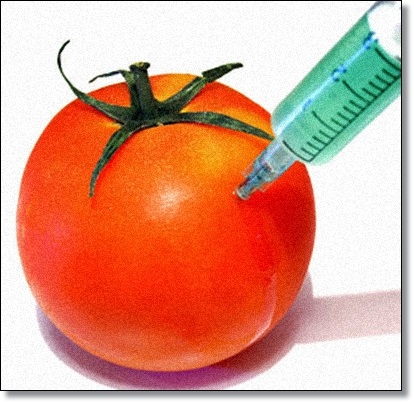Biotechnology: Key to Food Security

 |
I went into farming in 2007, after my country’s government distributed land to previously disadvantaged groups. That year, I planted 100 hectares of corn. But pests ravaged my crops. I managed to harvest only a little more than two metric tons per hectare—a big disappointment. The same thing happened the next year. So I quit planting and devoted my land entirely to cattle.
Three years ago, however, I learned how biotechnology protects crops from pests. This was an intriguing idea, but my earlier experience had turned me against raising crops of any type. I didn’t want another letdown.
I planted GM corn in a test plot of two hectares and hoped for the best. The result was astonishing. The pests stayed away. Those two hectares yielded 14 metric tons of corn. All of a sudden, my land’s productivity had tripled. I grew more food on less land.
Now I’m sold on GM crops, as are millions of other farmers. The latest annual report from the International Service for the Acquisition of Agri-biotech Applications (ISAAA) has the details: Last year, I was one of the 18 million farmers in 27 countries who planted GM crops on 1.6 billion hectares—an area of land equivalent in size to one and a half Chinas.
A particular line from the report’s press release resonated with me: “Nearly 100 percent of farmers who try biotech crops continue to plant them year after year.” That sums up my experience: I tried biotech crops and loved them, and now I can’t imagine farming any other way.
One year ago, ISAAA reported that for the first time, farmers in Africa, Asia, and Latin America planted slightly more GM crops than farmers in North America and Europe—in other words, the developing world outpaced the industrial world in utilizing this technology. The 2013 report shows that this gap has continued to widen, with developing countries now accounting for 54 percent of GM-crop plantings.
All signs suggest that this trend will continue. In 2013, Bangladesh approved GM brinjal (also known as eggplant), an act that India and the Philippines hope to follow. Indonesia authorized GM sugarcane for food and Panama endorsed the planting of GM corn. In Africa, seven countries are on the verge of commercializing GM crops: Cameroon, Egypt, Ghana, Kenya, Malawi, Nigeria, and Uganda.
This is no surprise to me, as I’ve seen the benefits of GM crops with my own eyes. Yet my story is just an anecdote. Data drives the ISAAA report: Between 1996 and 2012, GM crops have generated 377 million metric tons of food that simply wouldn’t exist without biotechnology. Farmers also have eliminated about half a billion kilograms of pesticide from the environment and conserved 123 million hectares of potential farmland. These benefits only will grow in the future.
Biotechnology already is helping farmers defeat pests. Within a few years, it will help us resist drought—another constant scourge to those who work the land. Agriculture always has been a risky business. With the looming threat of climate change, however, it seems riskier than ever. For the last three years, my region of South Africa has suffered dearly from a lack of moisture. Many frustrated smallholders have quit farming. We need a solution—and biotechnology may provide it soon.
In the United States last year, farmers planted 50,000 hectares of drought-tolerant corn, according to the ISAAA. They’ll probably grow even more this summer. Drought-tolerant corn will reach Africa in 2017, says the ISAAA report. When it does, the effect will be immediate and profound: “Drought is the biggest constraint to maize productivity in Africa, on which 300 million Africans depend for survival.”
Biotechnology is making the world better—and we’re only beginning to understand and appreciate how it can help us in the future.
By Eve Ntseoane
The author is an emerging farmer, raising maize and beef cattle in Kaalfontein, Emfuleni Municipality in Gauteng Province, South Africa.
